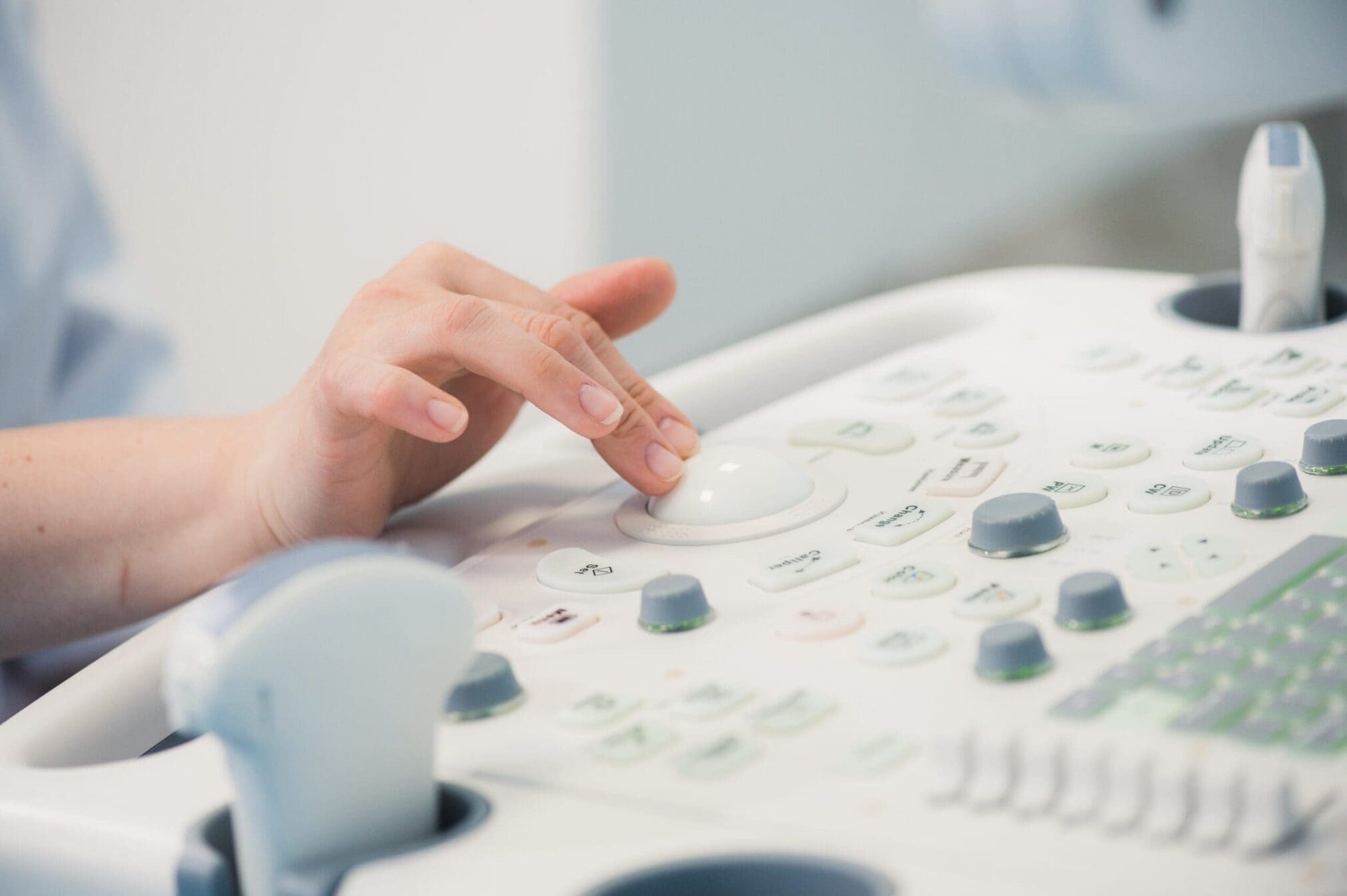Recently, the Medical Device Coordination Group (MDCG) has issued a Guide for manufacturers and Notified Bodies on Clinical evidence. This Guide provides further clarifications on legacy devices which are those medical devices previously CE marked under the European Medical Devices Directive 93/42/EEC (MDD) or Active Implantable Medical Devices Directive 90/385/EEC (AIMDD).
The Guide
This guide aims to provide guidance for manufacturers and Notified Bodies to prepare for the conformity assessment procedure according to the MDR. It gives guidance for clinical data providing sufficient clinical evidence necessary to demonstrate conformity with the relevant General Safety and Performance Requirements (GSPR), as per Article 61(1) MDR, for legacy devices.
Legacy devices are defined as “all devices previously CE marked under the European Medical Devices Directive 93/42/EEC (MDD) or Active Implantable Medical Devices Directive 90/385/EEC (AIMDD)”.
The Guidance also explicitly clarifies that any devices that meet all the following criteria may be considered as “well established technologies”:
- Relatively simple, common and stable designs with little evolution;
- Their generic device group has well-known safety and has not been associated with safety issues in the past;
- Well-known clinical performance characteristics and their generic device group are standard of care devices where there is little evolution in indications and the state of the art;
- A long history on the market.
Clinical evaluation of legacy devices
There is no grandfathering clause in the MDR. This means that all legacy devices need to be “re-certified” under the MDR using one of the conformity assessment procedures specified in the MDR (MDR Art.5 & 52).
The clinical data used for conformity assessment for the Directives may not provide sufficient clinical evidence for the purpose of MDR requirements.
As a consequence, for legacy devices, the clinical evaluation performed under the medical device directive will need to be revised in order to comply with the MDR Art. 61 and Annex XIV 1a.
Provide sufficient clinical evidence
“Sufficient clinical evidence” is understood as “the present result of the qualified assessment which has reached the conclusion that the device is safe and achieves the intended benefits”. It is important to note that clinical evaluation is a process where this qualified assessment has to be done on a continuous basis.
The required level of evidence shall be identified by the manufacturer as part of the clinical evaluation planning, and at the analysis stage, it is necessary to confirm that the level of evidence available to support the device is appropriate.
Clinical data to use
Legacy devices which have been placed on the market have been subjected to a conformity assessment and therefore are presumed to have been supported by clinical data.
Post-market clinical data, together with the clinical data generated for the conformity assessment under the MDD/AIMDD, will be the basis of the clinical evaluation process for legacy devices under the MDR.
During the period of validity of the MDD/AIMDD certificates, the MDR requirements for the PMS apply from the MDR date of application. Legacy devices are therefore not exempted from the additional requirements in MDR concerning PMS, including PMCF. PMS data and clinical evaluation plans and reports need to be produced and updated.
The MDR-compliant clinical evaluation for a legacy device must contain the identification of available clinical data as well as their appraisal/analysis/evaluation and shall lead to a demonstration of conformity to the MDR GSPR based on clinical data providing sufficient clinical evidence as part of a lifecycle approach.
Specific aspects of clinical evaluation for legacy devices
In the sixth part of the Guide, MDCG provides further clarification as per each of the following aspects:
- Establishing or updating a clinical evaluation plan;
- Identifying available clinical data;
– Pre-market sources of clinical data;
– Post-market sources of clinical data. - Appraisal of the clinical data;
- Generation of new clinical data;
- Analysis of the clinical data;
- Updating of the clinical evaluation report.
Nika Gavrilovic
Regulatory Affairs Department
26/05/2020


